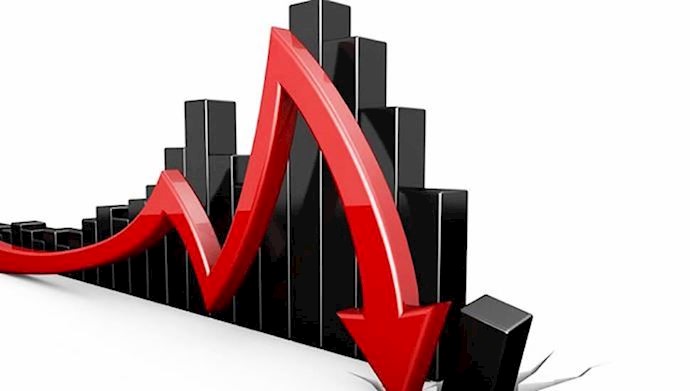Analysis by PMOI/MEK
Iran, September 27, 2019—Last Tuesday, state-run media quoted Iranian regime Vice President Eshagh Jahangiri, Hassan Rouhani’s first deputy, claiming once again that Iran’s economic indicators are pointing in the positive direction. Meanwhile, the sound of bankruptcy and economic crises can be heard from all over the mullahs’ regime.
On the same day of Jahangiri’s ridiculous claim, Ali Larijani, speaker of Iran’s Majlis (parliament), warned opposing factions about a deteriorating economy that does not even allow public criticism among the ruling elite.
“The Iranian people… expect the media and [regime officials] to have a correct understanding of the country’s harsh economic conditions. This is a minimum expectation to not damage the national unity,” Larijani said, reflecting the regime’s dire concerns over escalating economic crises.
An informative article published by Iranian opposition People's Mojahedin Organization of Iran (PMOI/MEK) shedding interesting light on the mullahs’ economic disasters.
The Iran newspaper, known as the Rouhani government’s official mouthpiece, wrote on September 25: “Experts believe that opportunities to reform the economy have been missed one after the other over time.”
Moayed Hossein, an advisor to Iran’s Planning and Budget Organization, says: “Iran’s economy needs an urgent surgery because it is struggling with different illnesses. Right now, in our country, manufacturing costs are high, while prices are not proportional in a way that some prices are equal to world prices while others are a tenth of it. This disproportionality has created economic rents that increase the income gap, regardless of who is ruling the country.”
Kamran Nadery, another Iranian economist, reveals another dimension of the regime’s economic dead-end while trying to remove subsidies. “If the price of fuel suddenly increases, it will definitely have a negative impact on [Iranian] families’ well-being and the manufacturing sector which can lead to economic stagnation.”
Vahid Mahmoudi, an Iranian financial expert, describes the Iranian regime’s failure in overcoming the economic crisis. “Under the current conditions where we face severe sanctions restrictions and oil sales are at a minimum, the government’s income resources are hit severely. On the other hand, covering this deficit with increasing tax income also won’t work because of the current economic stagnation.”
He then implicitly warned about the dangers of a popular uprising. “Removing the monetary subsidies while prices are reformed at a time when the people’s purchasing power has decreased will have negative effects.”
Ahmad Hatamiyazd, a former adviser to Iran’s oil minister, plainly points to the corruption in Iran’s banking system. “The banking network, in addition to corruption, is suffering from many inefficiencies.”
In an article published on September 24, the Resalat newspaper points to another aspect of the Iranian regime’s economic bankruptcy. “Month after month, the names of recently shut down factories with the number of their workers and their values are published. Everybody is surprised and all fingers of accusation are pointed to an Economic Ministry institution called the Privatization Organization.”
Attacking Rouhani’s government, Resalat further writes: “Early 2016, media reported that 60 percent of manufacturing units are shut down or semi shut down. In the next year, in March 2017, reports were more detailed and broke the news of 60 brands and famous factories having been shut down under Rouhani’s watch. Afterward, during the same period of time, the Ministry of Industry, Mine and Trade finally issued an official announcement saying 5,100 industrial and manufacturing units have been shut down during [Rouhani’s first term from 2013 to 2017].”
“It is clear that the current situation of factories and their workers is very complicated and chaotic, and some individuals’ attempts to politicize these protests and criticism has worsened them.”
“The economic statistics of large industrial factories are secret, but their rate of growth has been negative,” Resalat adds.





